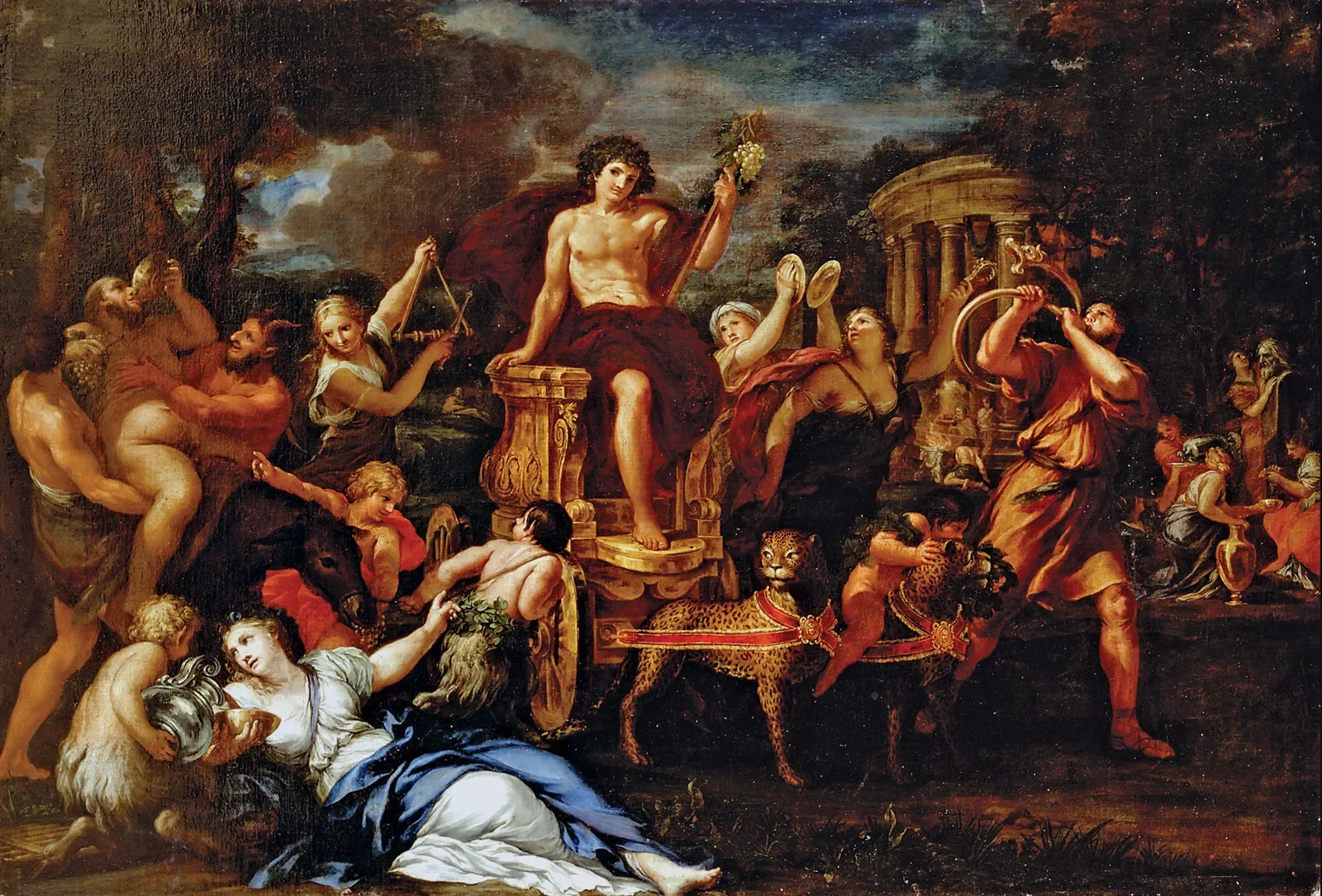Strabo, the renowned Greek geographer, philosopher, and historian, left an indelible mark on the world through his monumental work, "Geographica." Born in the ancient city of Amaseia, located in present-day Amasya in Turkey, Strabo's contributions to the understanding of the world's geography and history are celebrated to this day. In this article, we delve into the statues of Strabo in Amasya, a tribute to his enduring legacy and the rich history of this region.
The Birthplace of a Scholar
Amaseia, nestled high on the cliffs above the Iris River (Yesilirmak), holds a significant place in history. In antiquity, it was a fortified city that produced kings, philosophers, and thinkers. Strabo's birth in Amaseia around 64 BC marked the beginning of a remarkable journey for the young scholar.
Strabo's most enduring contribution is undoubtedly his work, "Geographica." This monumental piece of scholarship serves as an encyclopedic chronicle of the world known during his era. Its contents encompass political, economic, social, cultural, and geographic descriptions of regions ranging from the British Isles to North Africa, providing invaluable insights into both Greek and Roman societies during the reign of Augustus.
drumbrake / FLICKR
Strabo's Influence on Modern Geography
Strabo's work laid the foundation for modern geography and historical studies. His meticulous observations and descriptions of distant lands, peoples, and cultures paved the way for future explorers and scholars. Even in the 21st century, historians and archaeologists refer to Strabo's writings as valuable sources of information about the ancient world.
The TWO Statues of Strabo
In homage to Strabo's intellectual legacy, Amasya has erected two statues by the banks of the Iris River. These statues serve as a visual reminder of the city's rich history and its connection to this remarkable ancient scholar. They stand as a testament to the enduring impact of Strabo's work, which continues to inspire historians, archaeologists, and geographers worldwide.
The statues of Strabo in Amasya, Turkey, stand as a symbol of the enduring legacy of this Greek geographer and historian. Strabo's monumental work, "Geographica," continues to enlighten us about the ancient world, bridging the gap between the past and the present.








